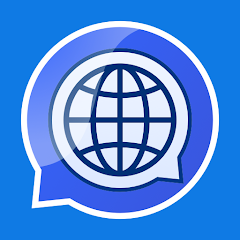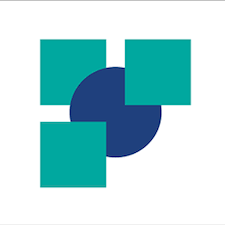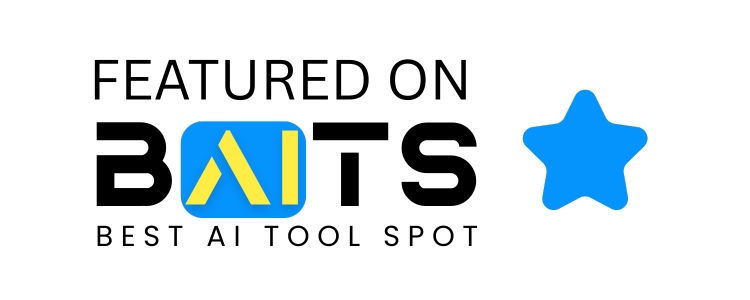Lingo24 supports a translation management system (TMS) approach, which means you get translation memory, glossary control, and content automation.
Their API platform lets you hook your CMS, app or e commerce site directly into the translation workflow they also support formats like Word, Excel, InDesign, XLIFF and JSON so you’re covered across documents, software strings, web content and user-generated text.
Why businesses choose it
For organisations that publish content in many languages, consistency and speed matter lingo24 offers native speakers plus machine translation options, so you can scale while keeping quality.
You also get data security and workflow integration, which matter when you handle global content pipelines.
Pros
You can automate large volumes of content across languages without managing separate projects.
The platform supports translation memory and glossary which helps maintain brand voice across locales.
Integration via API makes it easier for tech-enabled teams.
Machine translation options let you push non-critical content faster and cheaper.
Cons
If you have heavy human editing needs or niche language pairs quality and cost may vary.
Setup and integration might require developer effort or change in workflows.
For small firms or one-off translations cost per word may feel high compared with basic freelance translation.
Some content (legal, technical) still needs deep post-editing so speed and automation may not reduce effort as much as hoped.
Traffic & social snapshot
Lingo24’s website traffic is estimated at around 8,500 daily unique visitors based on one tool’s data.
For social media and business networks, they have around 9,300 followers on LinkedIn.
Final thoughts
If your organisation needs to publish content across many markets, manage multiple languages and maintain brand voice globally then Lingo24 offers a solid platform.
Yes, you’ll need to invest time in workflows and possibly higher cost for premium human localisation. But the scalability and tech integration make it worth considering.
Make sure you define your languages, content types, timing and budget up front. Then choose the mix of machine + human translation that fits your need.





